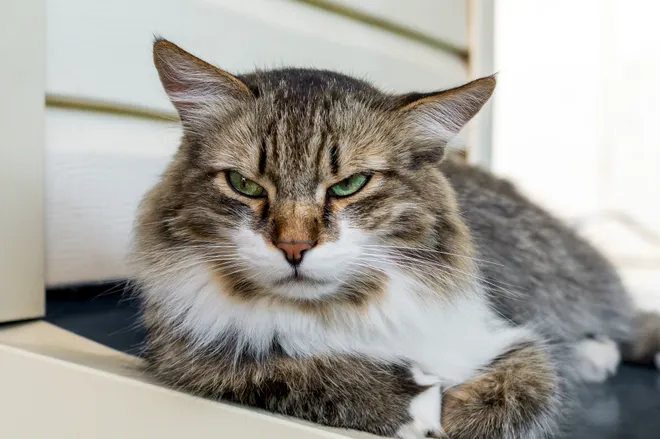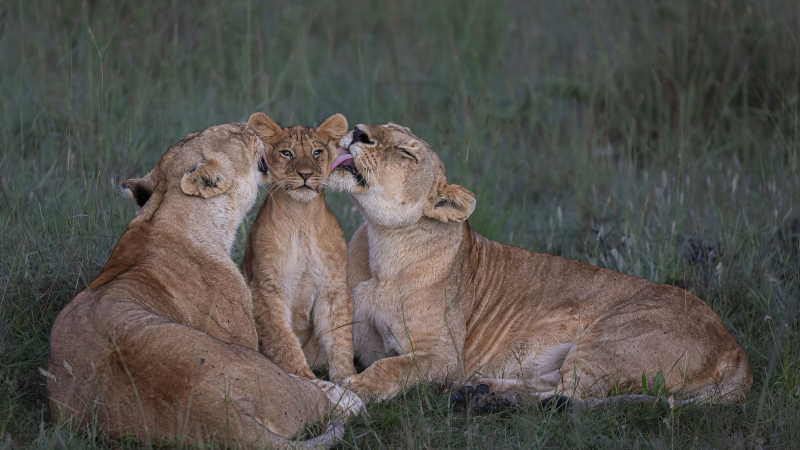A cat-astrophe? Cats eat over 2,000 species worldwide, study finds
The simple housecat, as it turns out, will kill and eat just about any tasty-looking creature it comes across and is a threat to biodiversity when allowed to roam outdoors, a new study found.
They don't call those paws "murder mittens" in certain corners of the internet for nothing.
A study published this week in Nature Communications examined the global impact of free-ranging domestic cats' diets and found they eat over 2,000 species of rodents, insects, birds and more, including 347 at least that are "of conservation concern."
Their proliferation around the world and disruption to ecosystems make them "amongst the most problematic invasive species in the world," the study authors wrote.

Why the housecat is 'problematic' to biodiversity
Cats were first domesticated over 9,000 years ago and spread by humans across the globe, the study authors wrote. They now inhabit every continent except Antarctica.
They are "opportunistic predators and obligate carnivores," meaning they will change their diet depending on what is available to them, and they require a diet of animal flesh. Cats also kill animals that they don't consume afterward, unrelated to their diet, the study said.
Domesticated cats have disrupted many ecosystems, the study authors wrote. They spread novel diseases, including to humans; out-compete wild cats; prey on animals in their environments; and have caused many species to become extinct. Just the presence of cats alone in an environment can cause fear and impact native species' foraging and breeding behaviors, according to the authors.
MORE ABOUT CATS:Cats use nearly 300 unique facial expressions to communicate, new study shows
What's on your furry friend's menu when it goes out to eat?
In total, cats – both unowned and owned with access to the outdoors – eat about 981 species of birds, 463 species of reptiles, 431 species of mammals, 119 species of insects and 57 species of amphibians, according to the study. The results of the study are an increase in the species previously thought to be consumed by cats.
The most commonly identified animals in a cat's diet were the house mouse, European rabbit, black rat, house sparrow and brown rat. Cats also feast on animals that are already dead whose carcasses can be scavenged for food.
Useful though cats may be at deterring pests from our abodes, they are also predators to several species that are near threatened or threatened, including some that have endangered status or are extinct. Over 7% of birds of conservation concern, 4.9% of mammals and 2.7% of reptiles are on the cat's menu.
"We found records of cats consuming 11 species from Australia, Mexico, the United States of America, and New Zealand that have since been listed as extinct in the wild (EW) or extinct (EX)," the authors wrote.
The study also notes that known estimates are conservative, and the true number of species eaten by cats remains unknown.

Disclaimer: The copyright of this article belongs to the original author. Reposting this article is solely for the purpose of information dissemination and does not constitute any investment advice. If there is any infringement, please contact us immediately. We will make corrections or deletions as necessary. Thank you.




